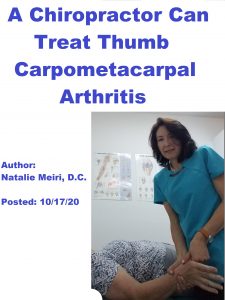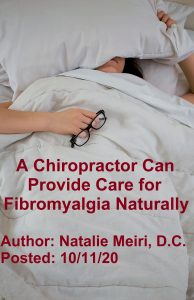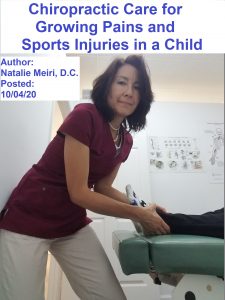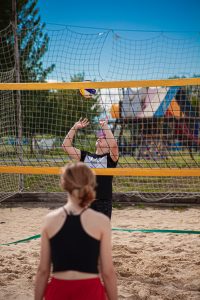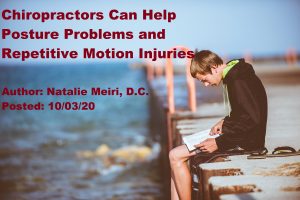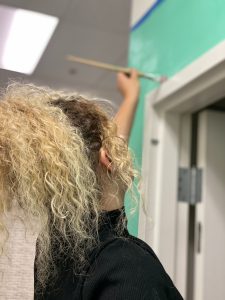
From Dr. Natalie Meiri’s Clinical Pearl Stories:
A Chiropractor Can Treat a Dancer’s Injuries and Improve Their Performance
Author: Natalie Meiri, D.C. Posted: 10/25/20
This was a 25 year old patient with multiple chief complaints due to ballet and contemporary dancing. To be HIPAA compliant, I will call her Alice instead of her real name. Alice had “stiffness” in her low back, both hips, both knees, and both ankles with numbness/tingling into both feet/toes. Alice had been a professional dancer for 4 years and knew the stiffness was from ballet and contemporary dancing. Even though it had been a year since the strenuous dancing, she felt the same “stiffness”. So she came to see me and found out how A Chiropractor Can Treat a Dancer’s Injuries and Improve Their Performance.
She noted on her intake that she needed a “realignment” since she felt “out of alignment”. Furthermore, she checked off in her intake form: her condition interfered with her sleep, work, recreation, daily routine and was painful to sit, stand, walk, bend or lie down. She also noted her pain “comes and goes”. There had been no falls or trauma to cause her condition. Alice was very fit and lean having been a dancer, ate a balanced, nutritious diet, but needed to do the other activities (good night’s sleep, exercise) to keep healthy. She also wanted to take dance classes again, which she was unable to do currently due to her condition.

Alice’s Examination and X-rays
Upon examination, she had positive tests for the low back, both hips, both knees, and both ankles. After that, I took some x-rays of her low back. Findings on her low back x-rays were decreased lumbar lordosis (normal inward curve of the low back was straight) consistent with lumbar myospasm (muscle spasm). Alice had myalgia and myositis (muscle pain and inflammation) in her low back. In addition, she had the decreased lordosis (loss of normal curve) probably acquired during her dancing years. Her hips, knees and ankles were given the diagnosis of segmental dysfunction (chiropractic misalignments/ subluxations) at those specific joints.
Even though Alice did not have any falls (trauma) during her professional dancing years, she did have repetitive stress injuries. These stress injuries occurred from repeating the same movements over and over again. Moreover, a lot of these dance positions created poor posture for the spine contributing to the decreased lordosis in Alice’s spine. For instance, Alice spent many hours in the ballet pointe position in which the body is balanced on the extreme tip of the toes.

Alice’s Treatment
Alice’s chiropractic treatment consisted of chiropractic adjustments of the lumbar spine, both hips, knees, and ankles. I also adjusted her cervical (neck) and thoracic (mid back) spine. This was to improve her overall posture/ alignment, nervous system function and optimize her dance performance. Additionally, soft tissue therapy (i.e., myofascial release, pressure point and post-isometric relaxation) and modalities (cold/heat therapy and electric muscle stimulation) were administered. Finally, Alice was given therapeutic exercises to continue her treatment at home.
Alice was already at a dance class after her first visit! Gradually her stiffness, pain and numbness/tingling subsided. She also gained the normal lordosis back in her low back along the way. She continued treatment for several months. Then Alice returned once a month on a regular basis to prevent future injuries and help her dance performance.
Many professional dancers are seeing their chiropractors on a regular basis. Your properly aligned spine and extremities (arms and legs) can boost your dance performance and also prevent future injuries. Meiri Chiropractic in West Palm Beach offers comprehensive alternative treatment options for recreational and professional dancers. And while a chiropractor can treat a dancer’s injuries and improve their performance, it is imperative that you work with an experienced chiropractor. Contact us today to learn more or to schedule your appointment.
Meiri Chiropractic
5601 Corporate Way, Ste. 102
West Palm Beach, FL 33407
561-253-8984
